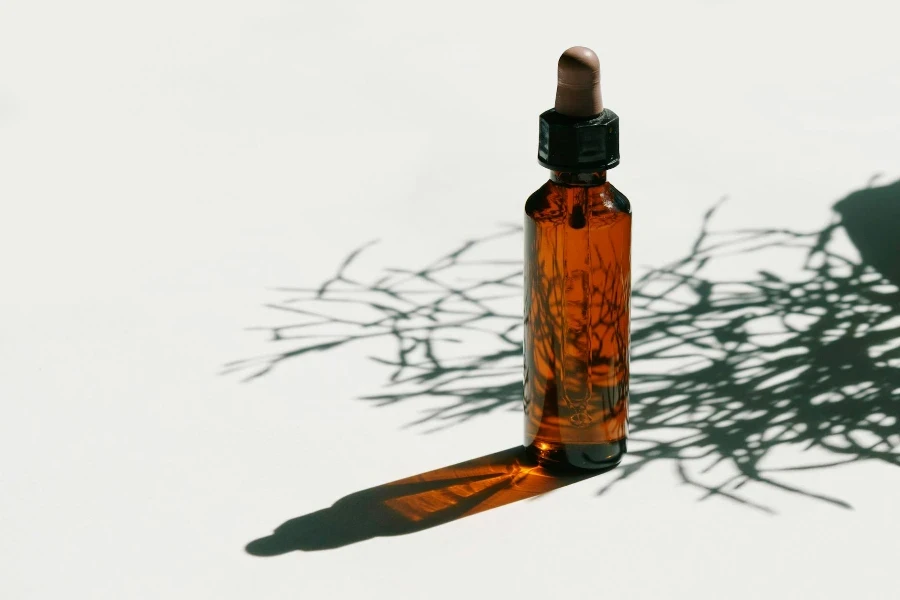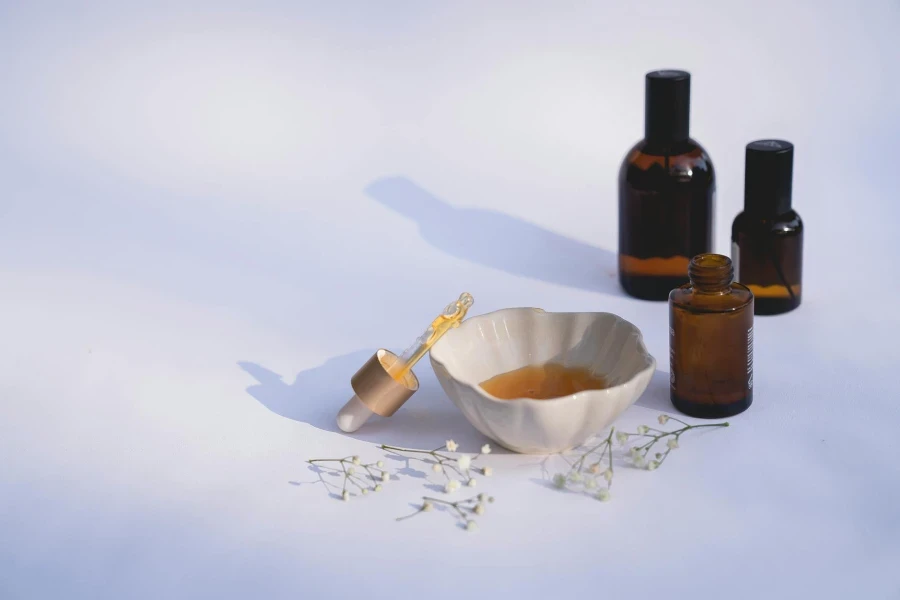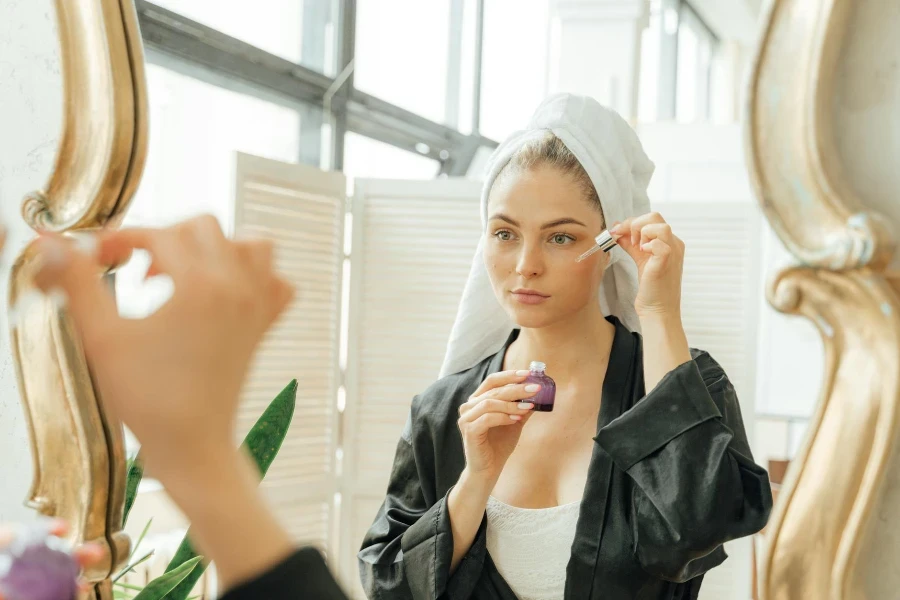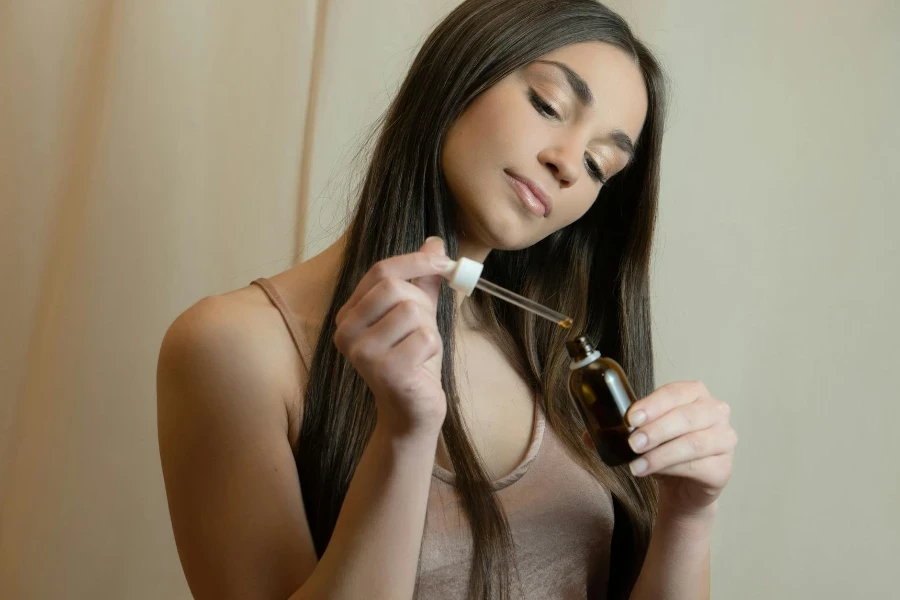In the quest for flawless skin, retinoid and retinol stand out as two potent ingredients. Though often used interchangeably, they have distinct differences and benefits. This article explores the retinoid vs retinol debate, guiding you through their uses, benefits, and how to incorporate them into your skincare routine.
Table of Contents:
– What is retinoid and retinol?
– Does retinoid and retinol work?
– Benefits of retinoid and retinol
– Side effects of retinoid and retinol
– How to use retinoid and retinol
– Top trendy products that contain retinoid and retinol
What is retinoid and retinol?

Retinoid is a term that refers to a family of compounds derived from vitamin A. These compounds are known for their ability to promote cell turnover and stimulate collagen production, making them powerful anti-aging and acne-fighting ingredients. Retinol, on the other hand, is a specific type of retinoid that is commonly found in over-the-counter skincare products. Retinol is essentially a weaker form of retinoid, making it more suitable for sensitive skin types and those new to retinoids.
Retinoids are available in various forms, including prescription-strength options like tretinoin and adapalene, which are used to treat acne, fine lines, and photoaging. Retinol, being less potent, is often used in daily skincare routines to provide gradual, yet effective, skin rejuvenation. The conversion process from retinol to retinoic acid (the active form of vitamin A that the skin can use) is what sets these two apart in terms of strength and efficacy.
Does retinoid and retinol work?

The effectiveness of retinoids and retinol is well-documented in dermatological research. Retinoids, being more potent, work faster and more aggressively to combat skin issues like acne and wrinkles. They work by binding to retinoid receptors in the skin, which helps normalize cell turnover and prevent the clogging of pores. This mechanism also boosts collagen production, which diminishes fine lines and improves skin texture.
Retinol, while milder, follows a similar pathway but requires conversion into retinoic acid by the skin to be effective. This conversion process means retinol works more slowly and gently compared to prescription-strength retinoids. However, regular use of retinol can still yield significant improvements in skin texture, pigmentation, and overall appearance, making it a staple in anti-aging and skin-clearing routines.
Benefits of retinoid and retinol

Both retinoid and retinol offer a plethora of skin benefits. They are renowned for their ability to reduce the appearance of fine lines and wrinkles by boosting collagen production. Additionally, they can improve skin texture and tone by accelerating cell turnover, which helps to shed dead skin cells and reveal fresher, younger-looking skin underneath.
For individuals battling acne, retinoids can be particularly beneficial. They help to clear acne by unclogging pores and reducing inflammation. Retinol, with its gentler action, can also help in preventing acne flare-ups and fading acne scars over time. Moreover, both compounds can aid in fading dark spots and hyperpigmentation by dispersing melanin granules more evenly throughout the skin.
Side effects of retinoid and retinol

Despite their benefits, retinoid and retinol can cause side effects, especially during the initial phase of use. Common side effects include dryness, redness, irritation, and peeling. These reactions are typically a result of the skin acclimating to the potent ingredients and often subside after a few weeks of consistent use.
To minimize side effects, it’s crucial to introduce retinoids or retinol gradually into your skincare routine and to always use a broad-spectrum sunscreen during the day, as these compounds can increase the skin’s sensitivity to the sun. Additionally, individuals with sensitive skin may opt to start with retinol before potentially moving on to a stronger retinoid, depending on their skin’s tolerance and needs.
How to use retinoid and retinol

Incorporating retinoid or retinol into your skincare routine requires a mindful approach. Start by applying a pea-sized amount of the product once or twice a week, gradually increasing the frequency as your skin adjusts. It’s best to use these products at night, as sunlight can degrade their potency. After cleansing and drying your skin, apply the retinoid or retinol, followed by a moisturizer to help mitigate any potential irritation.
For best results, retinoids and retinol should be used consistently over several months. Patience is key, as the benefits of these ingredients accumulate over time. It’s also advisable to consult with a dermatologist before starting any new skincare treatment, especially if you have underlying skin conditions or concerns.
Top trendy products that contain retinoid and retinol

The skincare market is flooded with products containing retinoid and retinol, catering to various skin types and concerns. Some of the top trendy products include serums, creams, and oils formulated with different concentrations of these ingredients, allowing users to choose a product that best fits their skin’s needs and tolerance levels.
While specific brands are not mentioned here, look for products that list retinol or a specific retinoid compound high up on the ingredient list, indicating a higher concentration. Additionally, products packaged in opaque, air-tight containers are preferable, as they help preserve the stability and efficacy of retinoids and retinol.
Conclusion
Retinoid and retinol are powerhouse ingredients in the realm of skincare, each offering unique benefits for improving skin texture, tone, and overall appearance. While they come with potential side effects, these can be managed with careful application and patience. By understanding the differences and similarities between retinoid vs retinol, you can make an informed decision on which ingredient is best suited for your skincare goals.




